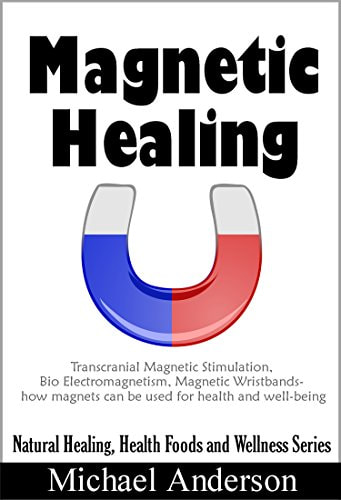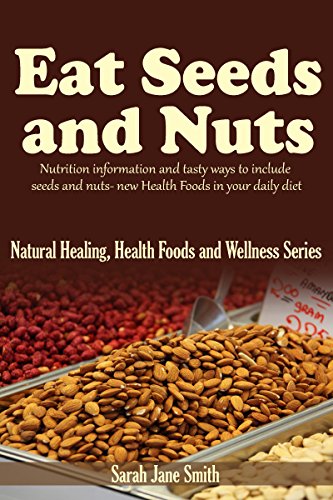What is Eco-Tourism?
Eco-tourism is a form of sustainable travel that aims to conserve the environment, protect natural habitats, and support the well-being of local communities. It focuses on responsible tourism practices that promote environmental conservation, minimize negative impacts on ecosystems, and foster a greater understanding and appreciation for the natural world. Eco-tourism typically involves visiting protected areas, participating in low-impact activities, and staying in eco-friendly accommodations that adhere to sustainable practices.
1. Environmental Conservation: One of the primary goals of eco-tourism is to protect and preserve fragile ecosystems. By promoting responsible tourism practices and raising awareness about environmental issues, eco-tourism encourages the conservation of natural resources and helps mitigate the negative impacts of traditional tourism.
2. Supporting Local Communities: Eco-tourism plays a vital role in supporting local economies by providing employment opportunities and generating income for communities living in and around protected areas. This economic support helps reduce poverty and incentivizes communities to prioritize conservation efforts.
3. Cultural Preservation: By promoting responsible tourism, eco-tourism encourages the preservation of local traditions and cultural heritage. This fosters a deeper understanding and appreciation of diverse cultures, enhancing the overall travel experience.
4. Education and Awareness: Eco-tourism offers unique opportunities for travelers to learn about the environment, local communities, and conservation efforts. This increased awareness can lead to long-lasting positive changes in attitudes and behaviors, promoting environmental stewardship and sustainable living.
| Reasons for the Growing Popularity of Eco-Tourism As global environmental concerns such as climate change, deforestation, and plastic pollution become more pressing, people are becoming more conscious of their actions and their impact on the planet. This heightened awareness has led to a growing interest in eco-tourism as a way to travel responsibly and minimize one's environmental footprint. | |
As consumer demand for sustainable products and services increases, the travel industry has responded by offering more eco-friendly options. Many hotels, airlines, and tour operators now prioritize sustainability in their operations, making it easier for travelers to choose eco-friendly options.
Governments and local communities are increasingly recognizing the economic potential of eco-tourism. By prioritizing conservation and sustainable development, these destinations can attract eco-conscious travelers, generate revenue, and create jobs, all while preserving their natural and cultural heritage.
Eco-tourism is gaining popularity as a responsible and sustainable alternative to traditional tourism. Its importance lies in its ability to conserve the environment, support local communities, preserve cultural heritage, and educate travelers about environmental issues. As global awareness about the need for sustainable practices continues to grow, eco-tourism will likely play an increasingly important role in shaping the future of travel. By embracing eco-tourism, we can ensure that our planet remains a beautiful and diverse place for generations to come.















